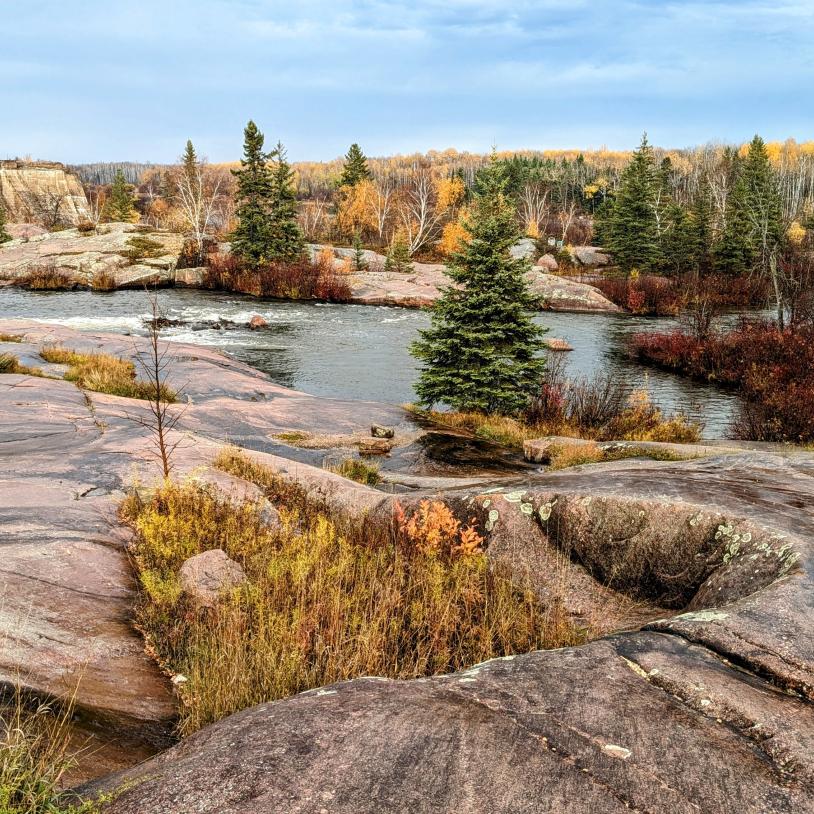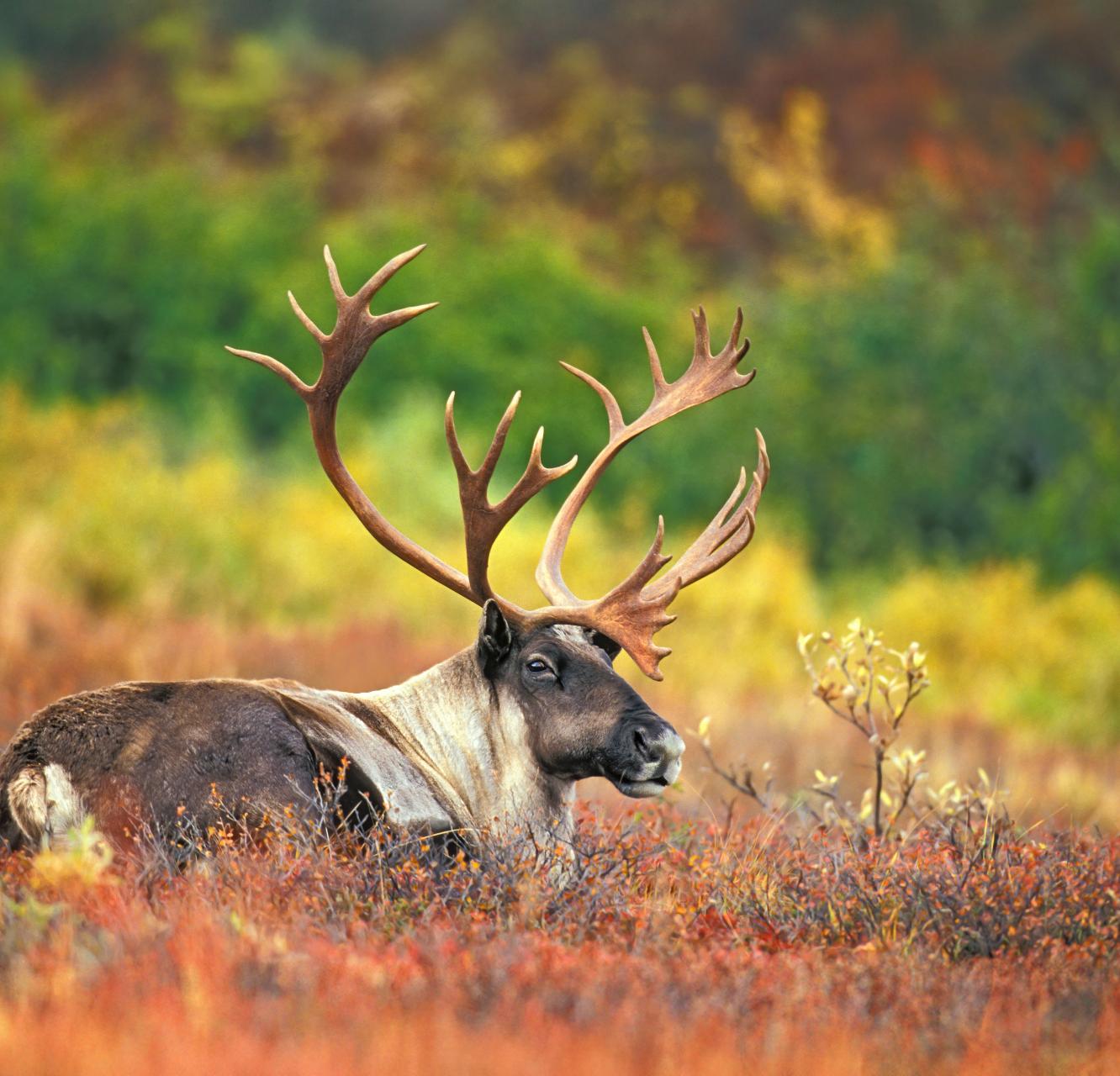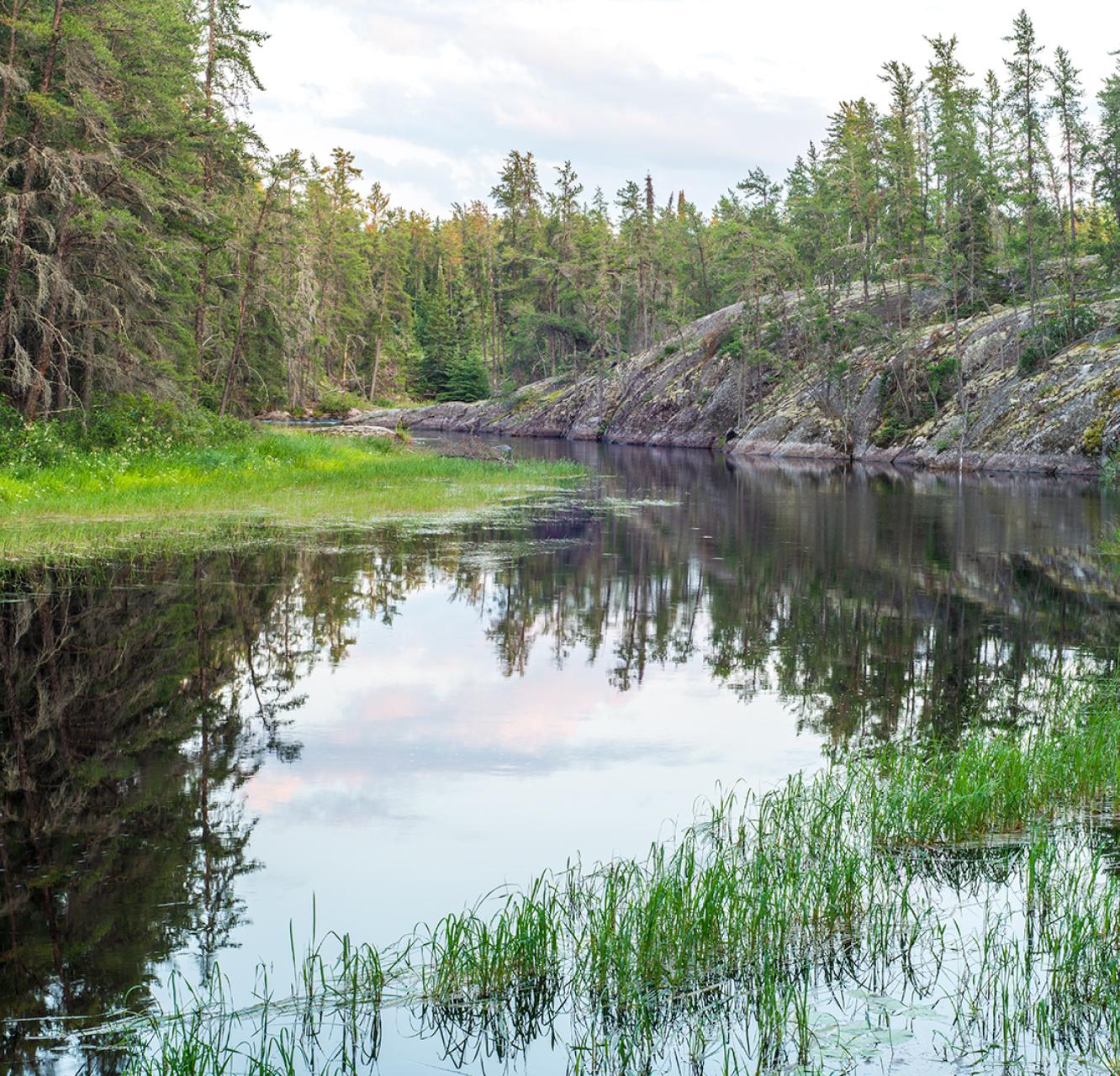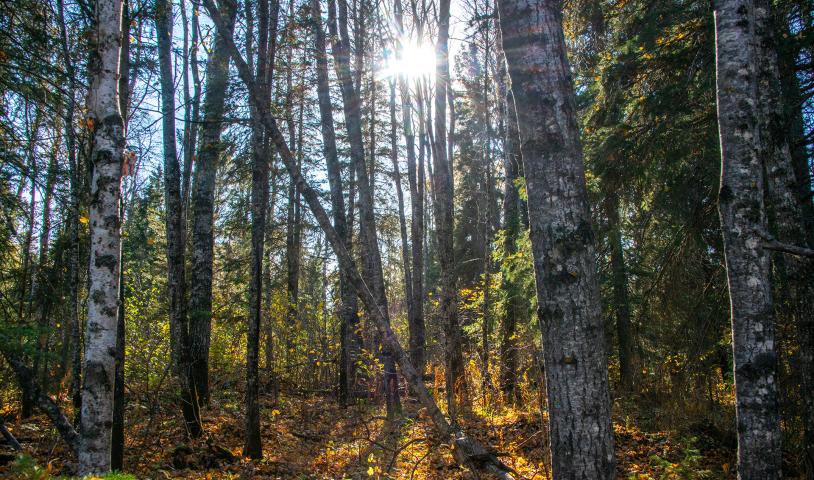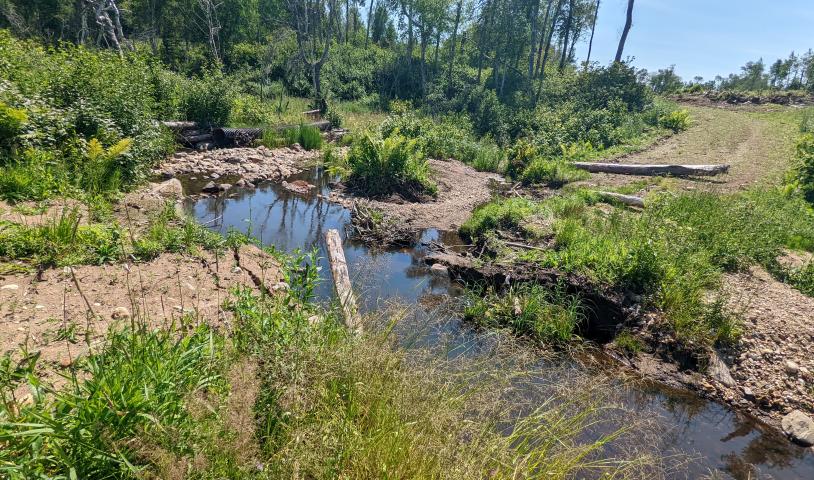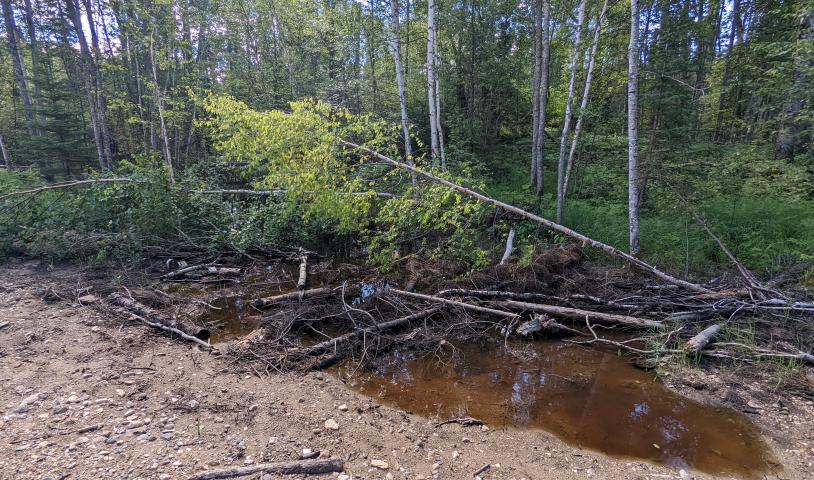Environmental scientists join bid to protect part of boreal forest
Monday, October 3, 2011
More than 70 prominent environmental scientists have endorsed a bid by first nations in Northern Ontario and Manitoba to have 43,000 square kilometres of intact boreal forest declared a UNESCO World Heritage site.
“As scientists who have contributed to advancing conservation issues and opportunities around the world,” they say in their letter, “we would like to acknowledge the globally unique cultural and ecological values of the boreal forest ecosystem on the east side of Lake Winnipeg.”
To protect this region “of outstanding universal value,” wrote the scientists, “we support the initiative of regional first nations in partnership with the governments of Manitoba, Ontario and Canada, to create the Pimachiowin Aki UNESCO World Heritage Site.”
The area includes the swath of forest that would have been cut to construct a contentious hydro transmission line on the east side of Lake Winnipeg had the Manitoba government not refused to allow the project to proceed.
The Pimachiowin Aki project has been in the works since 2005. The UNESCO application is almost complete and the target date for submission in January 2012.
If it is accepted, the Pimachiowin Aki become the 16th World Heritage site in Canada, joining places like L’Anse aux Meadows in Newfoundland, Dinosaur Provincial Park in Alberta, and the Rideau Canal in eastern Ontario.
The designation could help promote tourism and would permit the first nations to share their culture with the rest of the world, Gord Jones, the project manager, said in a telephone interview with the Globe and Mail. It would also help them to “keep the land and use the land,” he said. “They feel their interests and their rights would be strengthened by this international recognition.”
Jeffery Wells, the science and policy director of the Boreal Songbird Initiative in Seattle was one of the scientists who signed the letter urging UNESCO to recognize the area.
It is “the largest block of intact forest left on earth,” said Mr. Wells – larger than anything in the Amazon or Siberia. And it is in the southern part of the boreal forest so it is home to a diverse range of species including the woodland caribou, he said.
“With climate change in particular, species are being forced to move north and track across the landscape,” said. “It’s going to be these large northern boreal areas that are going to serve as the Noah’s Arcs in the changing climate.”
